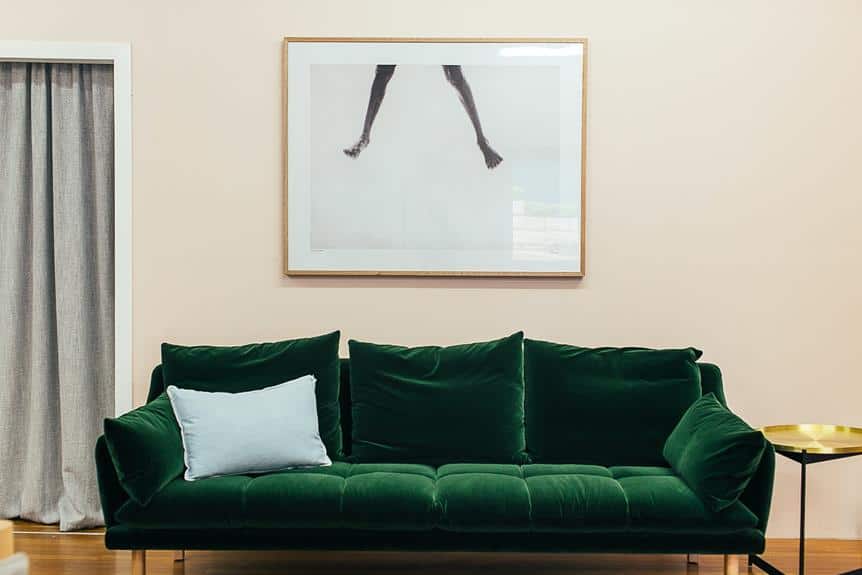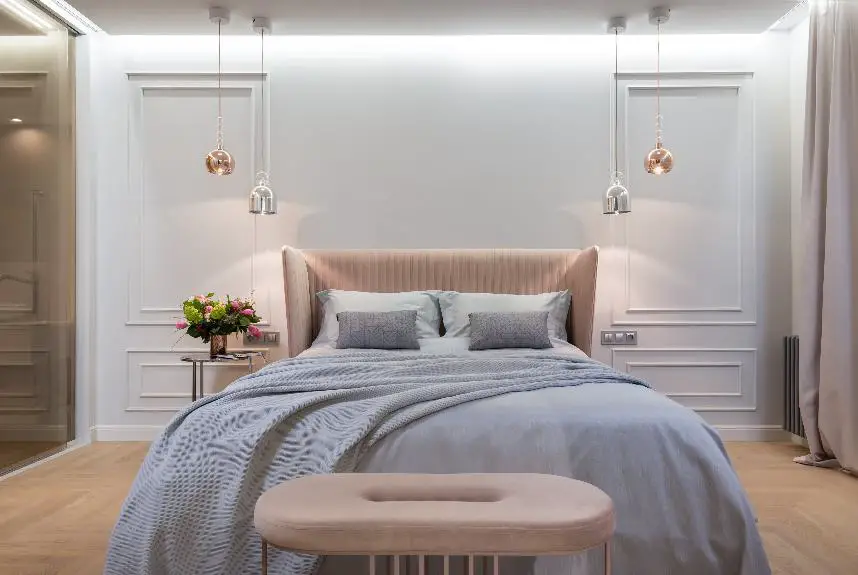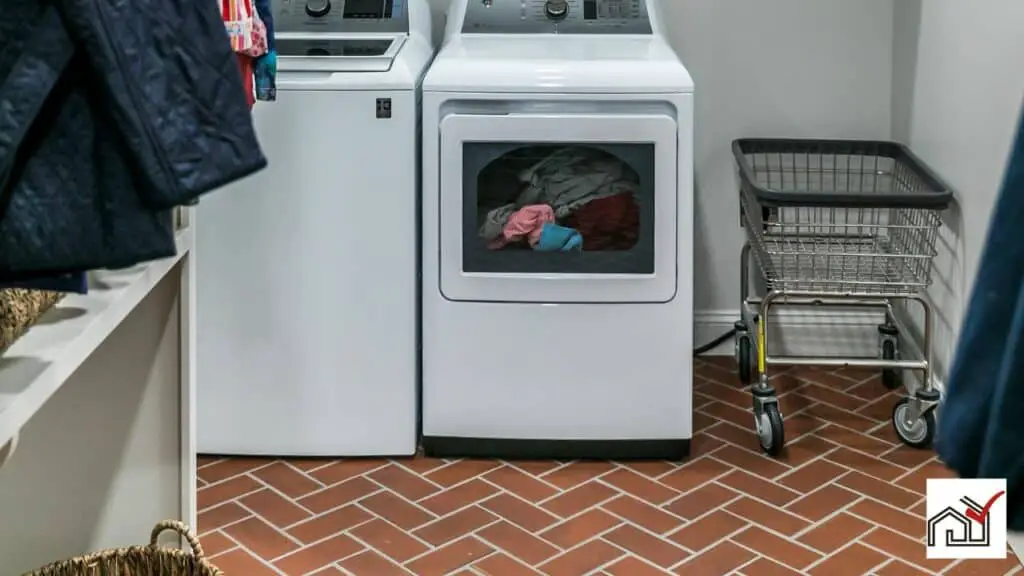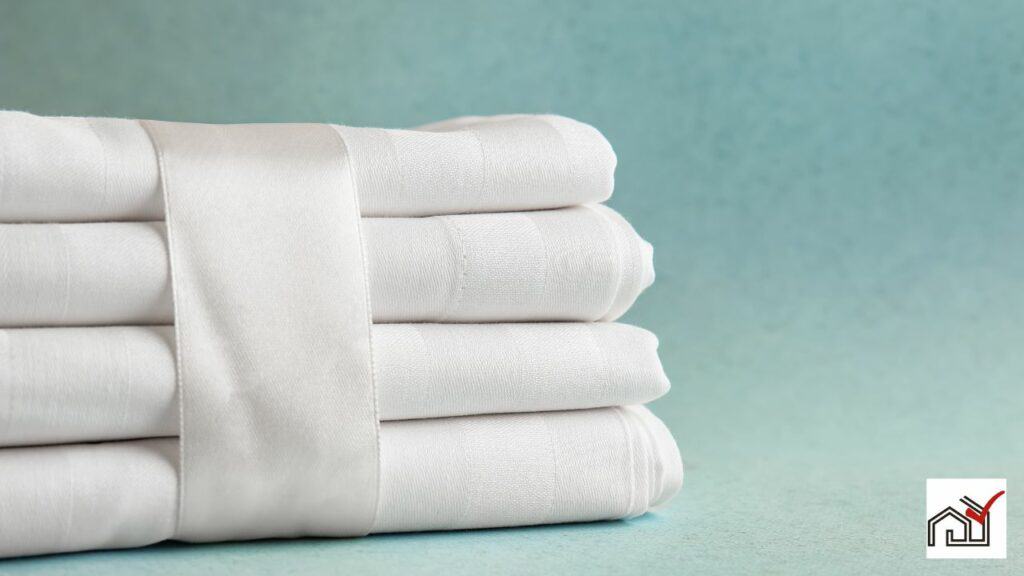Pillows and cushions are different items used in homes.
Pillows are mainly used for head support during sleep, commonly found in bedrooms and filled with down, feathers, or synthetic fibers.
Cushions, on the other hand, are decorative and add comfort to seating areas in various living spaces.
While both provide softness, pillows are for sleeping, and cushions are for decoration and additional support in seating areas.
Understanding Pillow Purposes
Pillows are a key part of bedding, supporting the head, neck, and helping to keep the spine aligned during sleep. They are important for both comfort and musculoskeletal health. The correct pillow can improve sleep quality and contribute to overall health by providing a soft surface to reduce pressure points and maintain the spine's natural shape.
Choosing the right pillow is important for maintaining proper spinal alignment, which is necessary for quality sleep and avoiding neck and back problems. Different sleeping positions require different pillow types—side sleepers often need thicker pillows, while back sleepers may need flatter ones for correct alignment.
There are various pillow shapes and sizes to meet different needs. Contoured pillows support the neck and can reduce neck pain for some people. Body pillows, which can be hugged or placed between the knees, help with spinal alignment for side sleepers and pregnant women.
Some pillows are used for decoration and are part of comforter sets to improve the look of a bedroom. It is recommended to replace pillows every few years for hygiene and to make sure they remain supportive, as materials break down and can collect allergens over time.
Exploring Cushion Functions
Cushions serve both practical and decorative purposes in homes. They are used for added comfort on hard surfaces such as benches and armchairs, often filled with feathers or synthetic fibers for softness and support. Available in various shapes and sizes, cushions can match any decor and provide a burst of color or texture.
They can offer additional support, like lower back support on a sofa or as a prop for reading in bed. Unlike pillows, which are typically for sleeping, cushions enhance the usability and appearance of living spaces. They can make outdoor seating cozy or add a touch of luxury to a guest room. By matching or contrasting with furniture, cushions contribute to a room's aesthetic appeal.
Their combination of utility and decorative value makes them essential in home decor.
Materials and Durability
The materials used for pillows and cushions are crucial for their longevity. Pillows come in various materials, such as cotton, bamboo, and polyester. These materials impact durability and how the pillow feels. Different fillings like polyfill, feathers, shredded foam, and memory foam affect the pillow's shape retention and support. Memory foam, which adapts to the body and recovers its shape, tends to last longer.
Cushions, used for seating, also rely on material choice for durability, particularly in high-use or outdoor areas. Their fabrics need to withstand regular use and cleaning to keep their appearance and structure.
Style and Aesthetics
In home decor, it's important to match pillows and cushions for a cohesive look.
Pillows are mainly for the bedroom, while cushions are for the living areas in the UK.
Cushions add color and texture to a room, and can change its feel. They often highlight the colors of the furniture and add visual interest. Cushions come in various shapes and sizes for support.
Pillows may have similar shapes but feature a wider variety of designs and materials, adding comfort and style to bedrooms.
Maintenance and Care
Pillows and cushions need specific care to maintain their appearance and functionality. Some pillows can be machine washed, while others should only be spot cleaned to prevent damage. Cushions often have washable covers, making them easier to clean without affecting the filling.
Regular fluffing keeps pillows and cushions in good shape and ensures they remain comfortable. Keeping these items dry is crucial to prevent mold or mildew. When not in use, storing them in a cloth bag can protect them.
It's important to frequently check pillows and cushions for wear and tear to address any issues early on. Additionally, some online content creators may receive compensation for directing consumers to products on Amazon Services LLC Associates Program-affiliated sites, which offer various maintenance products for home decor.





